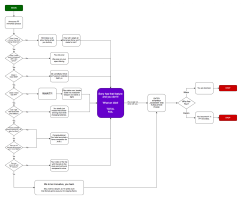I am correct.
CanonFanBoy is correct. Although a f/2 lens is an f/2 lens, a M43 sensor is smaller than a FF sensor and hence M43 f/2 lens is slower than a FF f/2 lens. You have to apply the multiplication factor to get the 35mm equivalent.
A slower lens is a lens that lets in less light! A M43 lens with the f-stop as a FF lets in less light than the FF lens.
A 500mm^2 hole is a 500mm^2 hole no matter what you strap it to.
Disregarding unquantifiable losses (difference between f and t stops), if you sample a scene with equivalent framing, aperture, and exposure time using a m43 and full frame, the same amount of light will pass through. But if you view the resulting images at the same size, the one you magnify less will look better.
Last edited:
Upvote
0

